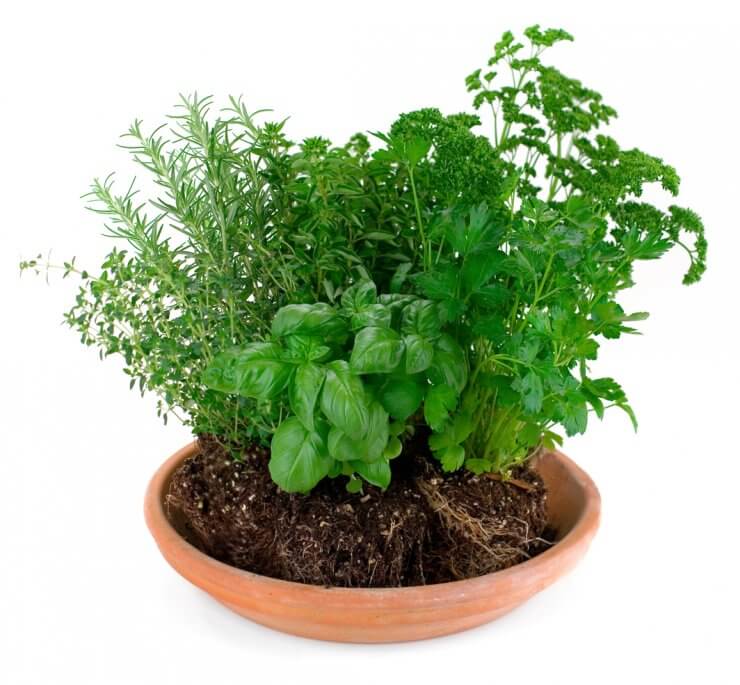
Root rot is seriously the worst. If you don’t catch the signs early enough, your plants are goners. Done for. And it happens fast. You can forget about harvesting your favorite potted vegetables. So how often should you water potted plants to avoid this disappointing outcome?
Unfortunately, there’s not a simple answer to this. There are multiple factors at play here, including what kind of soil or potting mix you’re using, what kind of pot your plant is in, and how hot/cold/windy/dry/humid it is. So let’s talk about that.
Discover 7 top tips for growing, harvesting, and enjoying tomatoes from your home garden—when you access the FREE guide The Best Way to Grow Tomatoes, right now!
How often should you water potted plants so they get enough water, but you don’t overdo it and drown them?
Let’s talk about root rot. The question of how often should you water potted plants hinges on this dastardly disease that is easy to misdiagnose.
Root rot happens when contaminated soil gets too wet, creating a perfect environment for fungus to spread. It’s not that much different than your home, in some ways. Your basement gets wet, the moisture helps mold and mildew spread, and if left untreated, that mold can creep into the support beams, into the drywall and floorboards, and pretty soon your living room walls are spongy. The difference, of course, is that we can walk into our basement and see the problem. My guess is most of us aren’t regularly pulling our vegetables out of their pots to look at the roots.
That leaves us with trying to determine why our vegetable plants look so terrible by looking at the symptoms we can see. Unfortunately, root rot presents itself in multiple ways. In some cases your plants will have yellowed, wilting foliage. Sometimes the leaves turn brown and fall off the plant. In more advanced cases, the stems of your plants may turn brown and mushy.
Unfortunately, these can also be some of the same symptoms your plant will exhibit when it needs water. As a result, it’s easy to assume the solution is to water your plants. Since we know that both underwatering and overwatering can lead to unhealthy plants, how often should you water potted plants?
Discover 7 top tips for growing, harvesting, and enjoying tomatoes from your home garden—when you access the FREE guide The Best Way to Grow Tomatoes, right now!
While you may find suggestions ranging from once each week to three times a week to twice a day, it really depends. In the midst of summer, your outdoor potted garden might require twice daily watering, especially if your plants are in terracotta pots. Indoor vegetable plants in plastic containers may only need to be watered once a week, since the plastic won’t absorb water the way terracotta does.
Similarly, hot and windy conditions can suck moisture out of the soil quickly, whereas a series of cloudy days may not.
What does all this mean? How often should you water potted plants? What’s the meaning of the universe? You’ll have to figure this out on your own. I will give you a few guidelines, though (about watering – not about the meaning of the universe).
- Don’t rely on looking at the soil. Not mentioning any names here, but I know someone who killed more than a few plants by overwatering them because this person saw dry soil on the surface without realizing that further down, the roots were practically swimming.
- Get to know your plants. This takes time, but after a while, you’ll start to get a sense of how often your plants need to be watered. And this will change as the seasons and weather changes. It’s not as hard as it sounds. You can do it!
- Feel the soil. This is really the ultimate measure of whether or not your plants need water. Dig a couple of inches into the soil near the base of the plant. Is it dry? Might be time to water. Is it moist? You’re probably okay. Is it soggy? Might be time to think about watering less frequently or even repotting your plant.
How often should you water potted plants? What do you do to determine whether or not your plants need water?
Discover 7 top tips for growing, harvesting, and enjoying tomatoes from your home garden—when you access the FREE guide The Best Way to Grow Tomatoes, right now!




